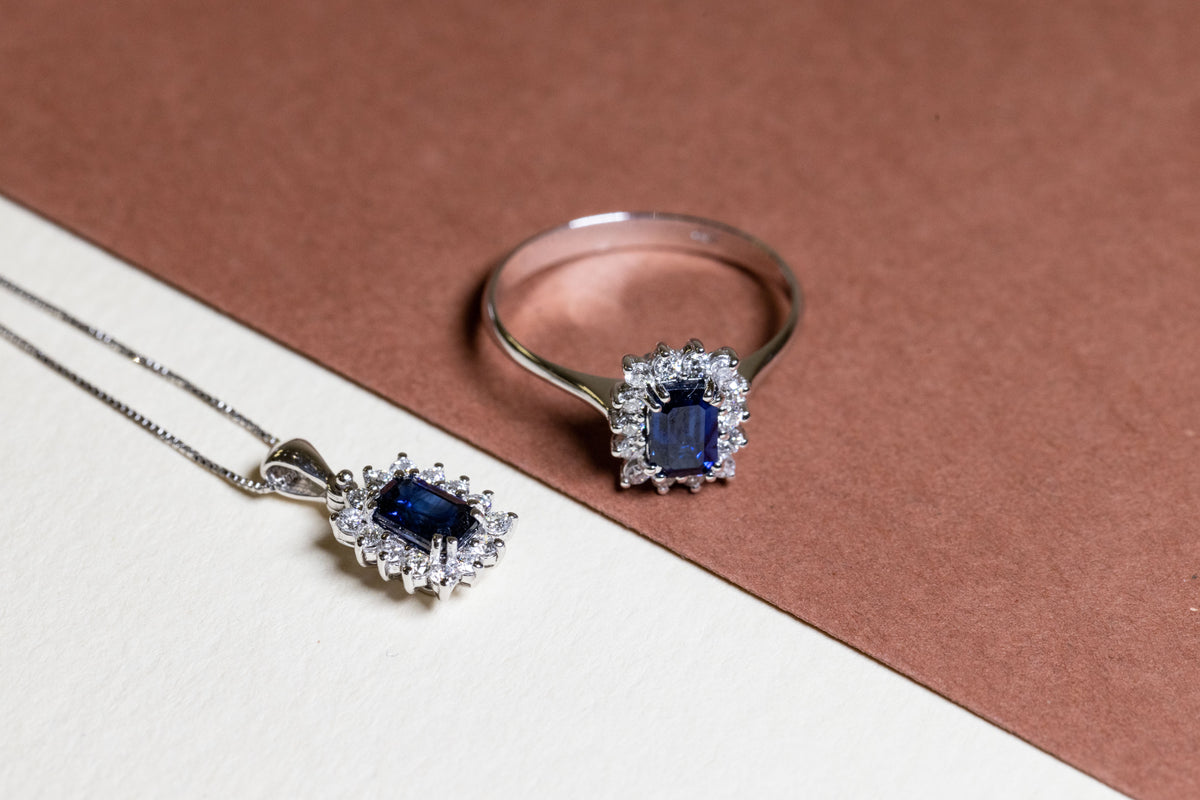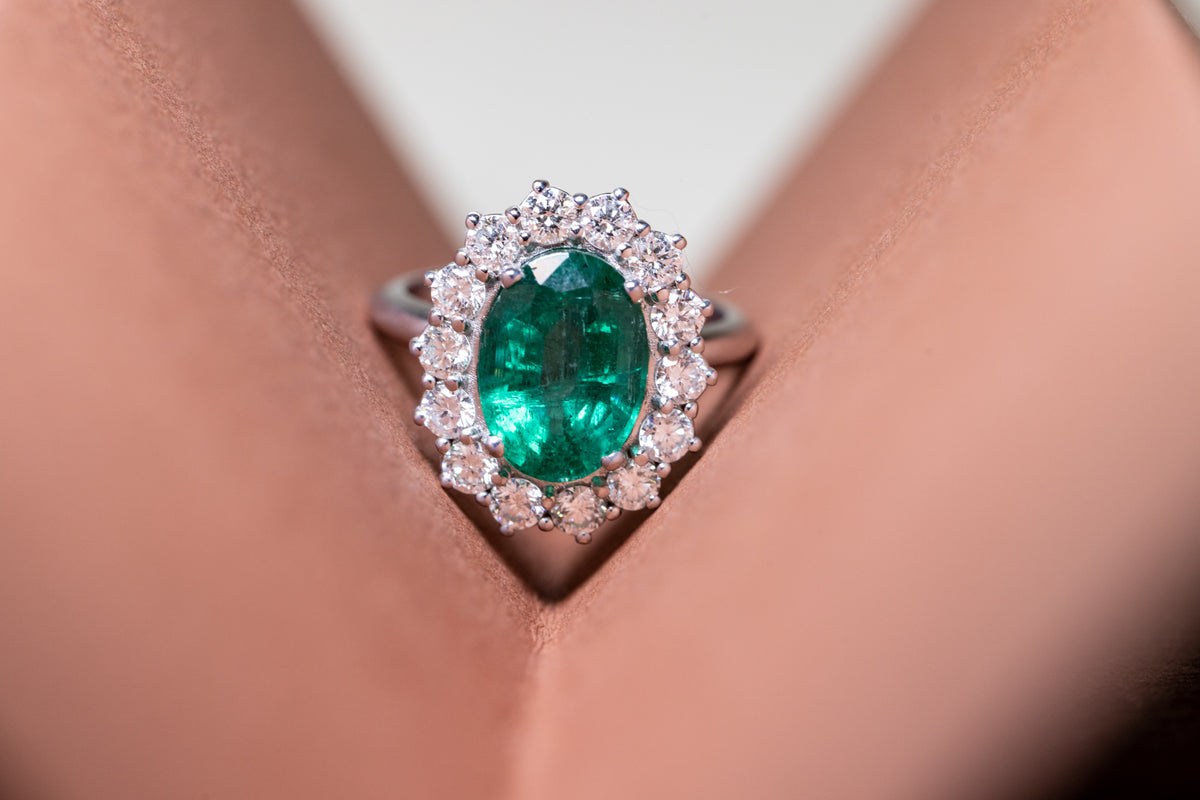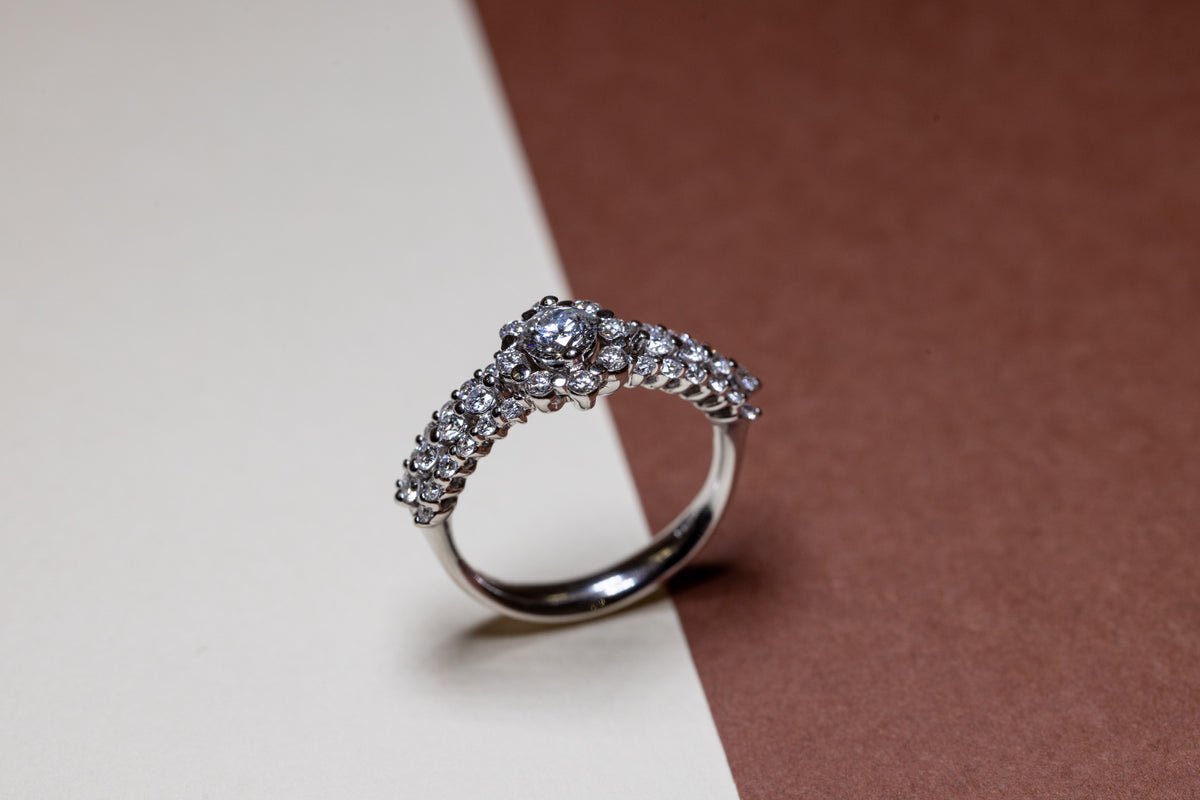Pay in installments with
In the world of jewelry, two styles stand out: vintage and modern. While vintage jewelry evokes a sense of nostalgia and tells stories of bygone eras, modern jewelry represents innovation and current trends. But which style appeals to you most? This article will guide you through the distinctive characteristics of both styles, helping you discover which one is truly for you.
Vintage jewelry is often considered a window into time, offering a nostalgic glimpse into the past. But what makes a piece of jewelry "vintage"? And why do these pieces continue to fascinate generation after generation? Authenticity and History: The main distinguishing feature of vintage jewelry is its authenticity. Each piece has a story to tell, often linked to a historical period, an artistic movement, or a significant event. Whether it's a 1920s ring inspired by the allure of Art Deco or a 1960s necklace capturing the rebellious spirit of the hippie era, every piece of vintage jewelry holds a little story within itself. Traditional Craftsmanship Techniques: Vintage jewelry is often crafted using techniques that have become rare or obsolete. These techniques, such as hand engraving or filigree, add a level of detail and intricacy that is difficult to replicate with modern methods. Precious and Rare Materials: Many vintage jewelry pieces are crafted with materials that are now considered rare or precious. Whether it's special gemstones, such as high-quality opals or turquoise, or metals like platinum or rose gold, these materials add value and uniqueness to the piece. Unique Designs: Unlike today's mass-produced jewelry, many vintage pieces were custom-made or made in small series. This means it's rare to find two identical pieces, making each vintage piece a unique work of art. Vintage jewelry isn't just a fashion accessory; it's a silent witness, representing the art, culture, and history of its time.
In the jewelry world, modern pieces represent the cutting edge of design and innovation. But what truly distinguishes modern jewelry from vintage jewelry? And how are contemporary trends reflected in the jewelry we wear today? Innovative Materials: One of the key characteristics of modern jewelry is the use of new and innovative materials. In addition to traditional gold and silver, modern artisans are experimenting with materials such as titanium, ceramic, resin, and even recycled materials. These materials not only offer new color palettes and textures, but also often exhibit unique properties, such as lightness or corrosion resistance. Advanced Techniques: The advent of technology has led to revolutionary production techniques. 3D printing, for example, allows for the creation of complex and detailed designs that would be nearly impossible to create by hand. These advanced techniques allow for unprecedented precision and customization. Sustainability and Ethics: In a world increasingly aware of environmental and social issues, many modern jewelry designers are placing an emphasis on sustainability. This can translate into using recycled materials, choosing ethically sourced gemstones, or creating jewelry that supports charitable causes. Versatility and Functionality: Modern jewelry often emphasizes versatility. Transformable pieces that can be worn in different ways or jewelry that adapts to different occasions are increasingly popular, reflecting a dynamic and multifunctional lifestyle. In short, modern jewelry represents a combination of technological innovation, ethical sensitivity, and contemporary aesthetics. It offers a fresh interpretation of what it means to adorn oneself, responding to the needs and desires of an ever-evolving society.
In a world where fashion is constantly evolving, an emerging trend in jewelry design is fusing vintage elements with modern accents. This combination creates unique pieces that celebrate the best of both worlds. But how does this fusion manifest itself, and why is it gaining popularity? Rediscovering the Past: As jewelry enthusiasts seek unique pieces that tell a story, many designers are rediscovering techniques and styles from the past. This rediscovery isn't simply a replica, but rather a reinterpretation, where old techniques are repurposed to create contemporary designs. Modern Elements in Classic Designs: A common example of this trend is the incorporation of modern elements into classic designs. A solitaire ring might have a detailed vintage setting, yet feature a stone cut in a bold, modern shape. Combining Materials and Techniques: The fusion of vintage and modern can also manifest itself in the combination of materials and techniques. For example, a piece might use traditional filigree but be crafted in a modern material like titanium. A Bridge Between Generations: By blending vintage and modern, these pieces of jewelry serve as a bridge between generations. They represent a tribute to the past, while remaining relevant in the present. This combination of tradition and innovation creates pieces that are timeless and, at the same time, deeply rooted in their temporal context. Therefore, the trend of combining vintage and modern in jewelry represents a celebration of history and innovation. These distinctive pieces offer a renewed vision of jewelry design, highlighting how, even in a field deeply rooted in tradition, there is always room for innovation.



Receive your order immediately and pay in 3 to 12 installments.
Our team is always available to you 24/7.
We deliver all jewelry in Zahir personalized packaging.
Engrave a name, letter, or a date that's important to you, at no additional cost.